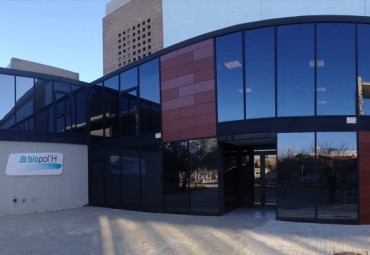Medial Temporal Lobe and Hippocampal connectivity and Memory and Language in Huntington’s Disease
Huntington’s disease (HD) is an autosomal genetic hereditary neurodegenerative disease marked by a combination of motor, psychiatric and cognitive deficits. Cognitive impairments, including memory and language declines, emerge notably 15 years before motor manifestations. Neuroimaging studies suggested that the aforementioned cognitive changes are related to hippocampus structural alterations which exhibit extensive connectivity throughout the brain, encompassing associated white matter (WM) pathways and the medial temporal lobe (MTL). Thus, the aim of the present research is to investigate the complex nature of structural changes in white matter pathways associated with memory and language processing, including hippocampal (fornix) and MTL projections (uncinate fasciculus, inferior longitudinal fasciculus, middle longitudinal fascicle) among pre-manifest and manifest HD individuals in comparison with healthy controls (HC). We recruited 45 HD participants (24 manifest, 21 pre-manifest) and 34 HC controls matched for age and education. Probabilistic tractography with DTI acquisition will provide information on fornix, uncinate fasciculus (UF), inferior longitudinal fasciculus (ILF), and middle longitudinal fasciculus (mdLF) which were reported to play crucial role in memory performance and language processing. Memory assessment included the Hopkins Memory Test and Hopkins Verbal Learning Test-Revised (HVLT-R), while language assessment included the Boston Naming Task and verbal fluency task. Analysis plan consists of three parts: In the first part we are going to compare fornix and MTL WM pathways integrity in pre-manifest and manifest participants to identify patterns of alterations which are taking place with the disease progression. In the second part we will examine the relation between WM metrics and memory and language performance in pre-manifest HD individuals in comparison to HC participants. Finally, we will explore the relation between WM metrics and memory and language performance in manifest HD individuals in comparison to HC participants. Based on potential role of the above-mentioned tracts in memory and language functions we hypothesize that: (1) fornix, UF, ILF, and mdLF integrity should alter with the disease progression; (2) changes in fornix and MTL projections integrity would predict worse memory performance; (3) changes in UF, ILF, and mdLF integrity would negatively affect language performance on naming and verbal fluency tasks, reflecting semantic memory impairments.
ZOOM LINK: https://ub-edu.zoom.us/j/99740467666
Or in person attendance: Modular Building, room 1.5
 |
